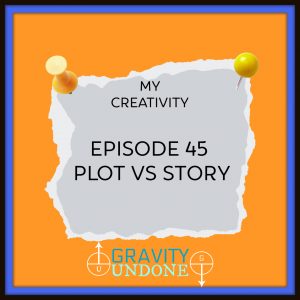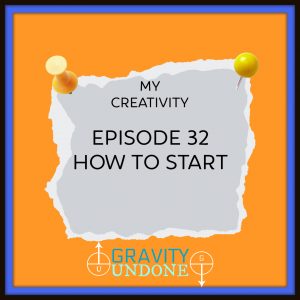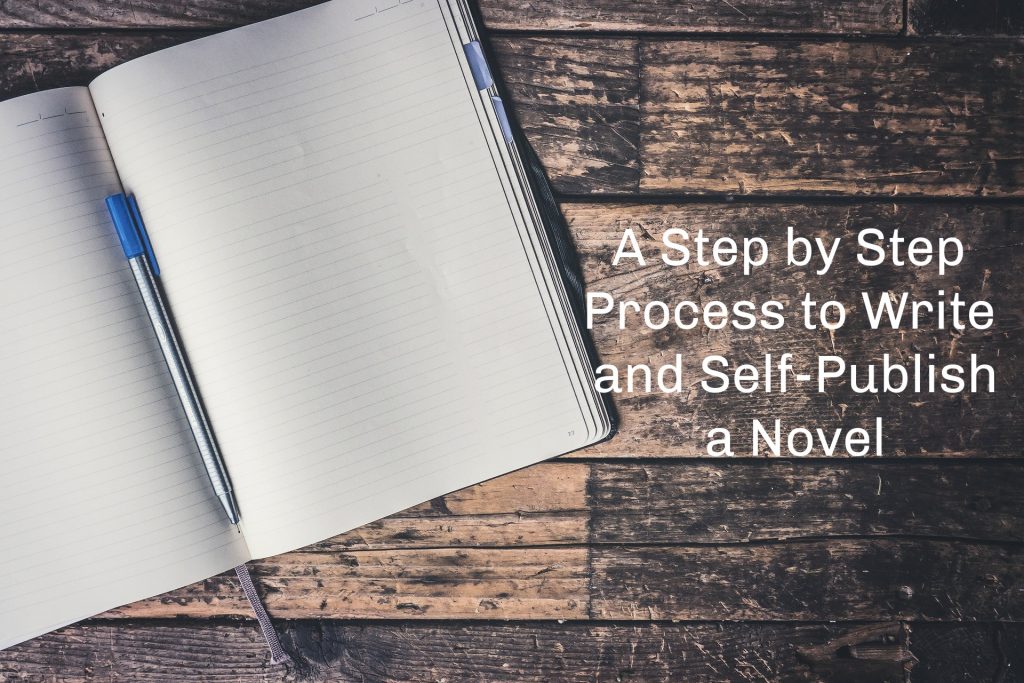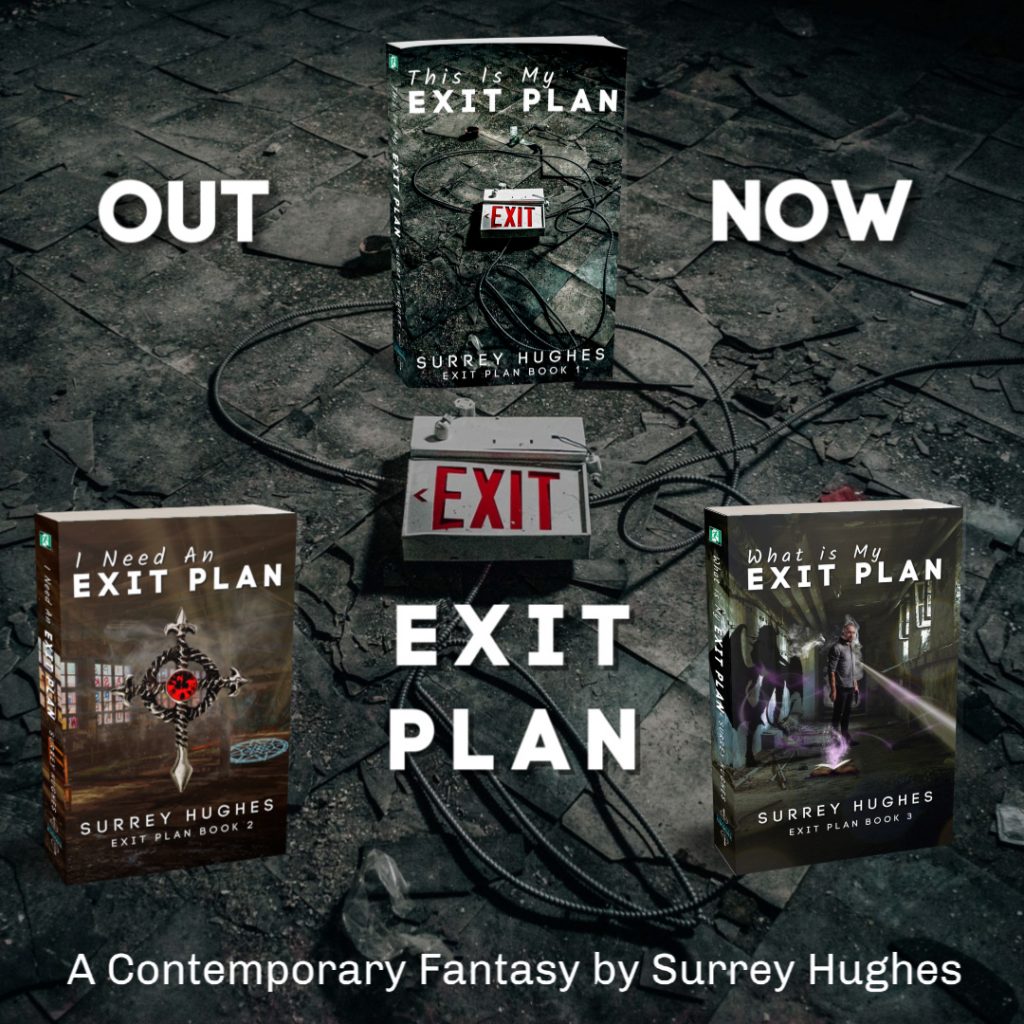What is a Plot? What is a Story?
Story vs plot, what’s the difference and a simple plotting tool is the question asked and what is needed by every writer at some point in their career. It doesn’t matter if you are writing short stories, news articles, audio dramas or screen plays, before you can make the fullest use of a writing framework or planning tool, you must understand the difference between plot and story. A story without plot is drab and painful to suffer through. Since you can’t have a plot without a story, I’ll start with what a story is and then move on to plot and some simple tools.
What is a Story?
In the simplest terms, a story is a series of events that can be placed on a timeline.
An example of a story is: a detective goes to the precinct, talks to some people, attends a crime scene and then goes home is a story. It would be easy to think a story like that is enough for a news article but even in that instance, it is not. So, what more is needed?
My Creativity Podcast
What is a Plot?
If a story is a sequence of events, then a plot is the reason those events occurred and the reason they are in the order they are.
In the story above, the detective goes to the precinct because that is what he does every morning. He talks to some people because a strange crime was committed, and he needs to get a briefing so he can understand the political situation that may arise due to the crime. The crime scene shocks the detective because the victim is found holding a page from a road atlas that has the detectives home marked on it. Concerned that a killer he’d previously chased has designs on his family, the detective goes home.
The plot joins each of the disparate events into a sensible chain. A good plot joins the events in a way that makes us care about the outcome while also telling us what the outcome will reveal. In crafting a story and plot we can make use of some simple tools to help us. There are, of course, many tools and ways of creating a story with a strong plot; I’ll present one of my favourites.
Tools
My Creativyity Podcast
Simple Story Tool
The first step to creating your plotted story is to come up with the story. The string of events, or rather the primary events. Because a story is worth nothing without a plot, we will need to go back and forth between story and plot, but we need an idea first.
Step One : Wow
Think of a “wow” or “oh” moment. At this point we don’t know if we are thinking of the start, middle or end of the story, and it isn’t important. What is important is that we come up with something that makes us surprised, impressed or otherwise interested. The wow moment might be the explosion of a super-large planet destroying space station or it could be the “oh, I see” moment at the revelation of the identity of the killer.
This first step is all about the inspiration. A scene or event you are touched or amazed by is the seed you’ll grow the rest of the story around.
Step Two : Who?
Who is involved?
We still haven’t gotten to the plot yet; the plot will come soon. Before the plot can form, we need to know who is involved in the event in step one. There’ll be a protagonist, the person we want to see win, and an antagonist, the person we don’t want to win. Each of these characters will have support from friends and allies.
Write a couple of them down too.
Step Three : The Other End
What happens at the other end of the story?
In step one we created an event or scene that made us say “wow”, if it happens at the start of the story, what happens at the end? If it is the final scene, then what happened at the start of the story? What role did the protagonist play in this second event and how was the antagonist involved? Don’t go thinking you’ve got a plot yet. So far you have two events and they are placed in order of occurrence, but we don’t have the string of reason that connects the two.
That comes next.
A Simple Plotting Tool
Taking your two events and the characters involved we can now create some reason. A plot is important and is easily noted in absence. Have you ever watched a movie, and after about half an hour, you aren’t sure what the point is? Sometimes plots are more subtle than what this simple tool provides, but they are still required to tell your audience what direction they are travelling.
Step One : Starting Conditions
What are the starting conditions? A plot is reason and direction. That means you will need a starting condition that grows and changes to an end condition; that’s direction.
My Creativity Podcast
The start condition should contrast with the first of your story events. This will allow the first event to propel your characters. You are building into the start condition the reason for the last event. So, if the first event is a big battle, the starting condition should show the protagonist at peace. Perhaps they have a grudge or a chip on their shoulder, but they should be at peace.
Step Two : What Question Will the Story Answer?
What question will the story answer? If the starting condition is peace and the first event is battle, then the question might be “will the hero find peace again?” This is called the dramatic question and it is the question you want your audience to ask themselves as they read your story. It is the connecting thread that each event will try to answer. Each event will be a clue as to how the story might end.
A super hero origin story is typically really good in the mid-point. The hero starts off being ordinary, perhaps struggling a bit. After they get their powers (the first event) things seem to get better. By the middle of the story they are at their “peak” and fully enjoying their powers. After that inflection point their behaviour starts catching up with them. The consequences of their powers makes things harder than they were at the start. Or it can be reversed where everything gets harder until the mid-point where they finally start to get accustomed to their power and begin climbing.
Step Four : This and so That
This and so that. From the start condition you need to complete the phrase “this and so that”. What I mean is that you have the start condition and the first event. So, fill in the bits that connect those two things in a “this and so that” cause and effect chain. From the start to the mid-point you want to link your chain to the high or low point.
From the mid-point to the finale you want to this and so that with a but… This will effectively increase the tension and drama. To follow on from the superhero origin story, the mid-point has the hero start to dive. He is popular at school and so he is invited to a big party, but the villain learns of this and attacks the party.
The party is attacked and so the hero must fight the villain, but this means he must reveal his secret identity. He reveals his secret identity and so his girlfriend feels betrayed at being lied to, but the villain kidnaps her just after she drops the hero. The hero is heartbroken and so leaves the party before seeing his girlfriend kidnapped, but his best friend tells him about it later.
Step Five : The Comparison
After the big finale you need a scene that compares the final conditions of the hero with the initial condition. This is the answer to the dramatic question the audience has held in their mind since that first event. The final condition comparison ties the entire plot together. It allows the audience to get some sort of closure, so they feel a complete story has been told. It is also the opportunity to introduce a new question either for a sequel or to make your audience ask a new, pertinent question around the theme of the story.
If your story was about a robot rebellion led by an A.I., you might want to have the villainous A.I. defeated and the hero more accepting of technology, but you want your audience to ponder the significance of computer sentience.
Summary
A story without a plot is dissatisfying and leaves your audience wondering what the point is. It is possible to use some simple tools to build up a story and add a plot to it. You would need to start with the story because it is the story that provides the sequence of events that your plot gives reason and breathes live into.
Conclusion
A story is a timeline of events while a plot is the reasoning behind each event. The plot is what pulls the audience into a story. There have been movies and books about very exciting events which have failed to draw an audience, while there have also been stories about quite dull topics which have captivated people. It is the plot that makes the difference.
A simple tool for story creation is to think of a “wow” event that inspires or an “oh” event that makes you think. Consider the characters involved in the event; the protagonist is the character we care about while the antagonist is the one we want to lose. Then we create a second event at the other end of the story and involve the protagonist and antagonist in it too. This gives the basis of the series of events. The plot then has a start condition in contrast to the first event and an end condition that compares to the start. The plot is finished off by chaining cause and effect from start to finish with an increase in tension and drama from the mid-point on.
This has been a super brief run-down of story and plot and is not meant to be exhaustive. Hopefully I have given you some ideas and tools you can use.
Subscribe for great exclusive content.
